Why Is Ducting Used?
In order to prevent mould, fresh air should always be introduced into your dwelling on a daily basis, as it helps to regulate temperature and reduce condensation. Introducing fresh air can be as simple as having a ventilation routine, or installing extractors or PIV systems.
For those taking this route and choosing to install themselves, or those trying to understand the need for ducting, we will answer the question ‘Why is ducting used?’
We at I-Sells are here to provide the answers you need whilst also supplying you with all the information you need in order to combat mould and have a well-ventilated home.
Alongside mould control, our venting and ducting solutions also aid in the removal of condensation, retention (and in some cases addition) of heat, and the removal of stale air in your home.
What is ducting made of?
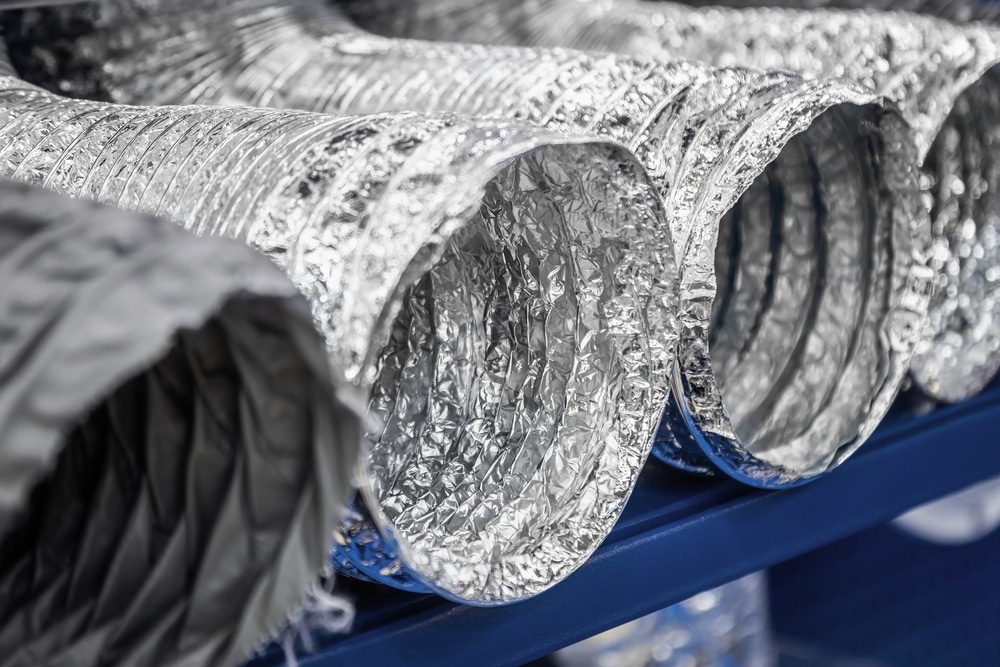
Plastic ducting
Plastic ducting is usually made from PVC. Plastic ducting is typically used as ventilation within domestic properties, principally within student flats and modernisations. It is preferred because of its lightness, its airtight properties & durability. It is usually used in rooms such as bathrooms and kitchens, and HVAC systems.
Our lightweight PVC coated ductwork is manufactured from high-quality uPVC and is designed to create minimal air resistance, maximum airflow and minimal pressure loss.
We provide plastic ducting lengths, connectors, bends, brackets, and accessories such as reducers, attenuators and other fittings.
Plastic ducting has a number of advantages including:
- It is lightweight
- It’s easy to install
- It’s smooth on the inside, making for efficient installations
- It is easy to cut
- It doesn’t corrode
- It can be insulated
Metal ducting
Metal ducting are ideal for ventilation systems set up in hotter environments, an example being a cooker hood.Metal ducting is also a popular choice for spaces and environments with air rich in certain compounds that could be hazardous or damaging to standard choices.
HVAC experts and engineers typically choose to rely on stainless steel for aggressive environments, where corrosion is highly likely.
We provide round ductwork fittings and accessories in a large range of diameters to suit all purposes including HVAC systems and extractor fans. Our metal ductwork is manufactured from high-quality galvanised Aluminium.
The benefits of metal ducting are as follows:
- It can be used in rooms that have appliances that emit a lot of heat
- High-quality galvanised aluminium ensures long-lasting function
- Ideal for industrial environments
- Can be insulated.
Why is ducting used?
To understand the necessity for ducting, we must understand the role of the technology it supports the function of. That function is ventilation.
Ducting aids in the function of ventilation appliances (such as an extractor fan, cooker hood, or tumble dryer) by helping to facilitate ventilation in the home, by promoting airflow whilst decreasing levels of humidity. This is particularly important as humidity is a key factor in the formation & spreading of mould in your home.
Some ventilation purely extracts the air of the room it is in, whilst others extract the inside air and then recycle and return it.
Improper ventilation of the home usually leaves signs you can notice, which include:
- There is almost always condensation on the windows or walls
- Odours linger in the house for extended periods of time, especially in the kitchen or bathroom
- High humidity, leading to wood rot or mould
- You can’t see it working (in the case of a cooker hood for example, you can’t see smoke or steam travel directly up it)
Ducting is used in order to create an isolated airflow for extracted air to travel through. These systems aid in creating a home with fresh air and help to regulate the temperature in order to prevent the cultivation of mould and dampness.
No Ducting means more mould
Mould reproduces from tiny spores. The spores float through the air and deposit on the surfaces. Under adequate temperature, moisture, and nutrient conditions, the spores can form new mould colonies.
condensation is not the only cause of mould, it can occur from leaks in the structure of a building too.
Mould can severely affect your immune and respiratory system, as the spores are easily breathable and not obvious to see through the human eye.
If you have found mould in your home, you need to assess if this is your landlord’s responsibility (for example it could be from a leaking roof that needs repairing). Or if the damp is caused by improper ventilation. To assess your options, click here.
How long has ducting existed?

Ducting is essentially creating space for air to be ventilated through, the first recognised use of a chimney being used domestically in the UK goes back to the 12th century, almost 1000 years ago!
Although this primitive chimney didn’t contain ducting as we know it, it served a similar purpose by letting smoke escape through it. As time has gone on, innovations have been made to ventilation, culminating in extractor fans, heat recovery systems and much more.
Does ductwork need to be sealed?
Whether you choose metal or plastic ducting, it must always be sealed. Otherwise, the ventilation process is not as efficient or can even be made irrelevant.
Having unsealed ductwork means the air that is being extracted or delivered will be released in the wrong place, having unsealed ducting also reduces the pressure in the vents and can allow dust and other allergens to be released in areas they shouldn’t be. Which can also create humidity depending on the temperature.
Sealing plastic ducting
Ducting must always be sealed in order for maximum efficiency. Depending on the type of ducting you have, sealing is a different process, sealing plastic ducting is as follows.
Duct tapes
Aluminium duct tape is a very common method of sealing plastic duct runs; however, cloth tape also provides a very tight and very long-lasting air-tight seal. Ducting sealant or caulking is a better option to give an airtight but permanent seal.
Be sure to apply the duct tape slowly and without any creases, as these may allow air to leak and increase pressure loss within the duct run.
Duct tapes give a very secure but temporary seal, if you are looking for a completely air-tight and permanent seal, then silicone sealants can be used.
It is said that you should check your duct sealing tape every year to ensure that an airtight bond is still being achieved.
Sealants
Clear or grey-coloured sealants are available, and once set, they provide a very strong seal that cannot be undone, this is perhaps why people prefer to use duct tape, but for the lowest air pressure drop, a ducting sealant is the best option.
It is usually unnecessary to prime and glue plastic ducting pipes, but if you prefer to do this to ensure a permanent seal, you can. Ducting sealant is specifically designed to create a very strong bond without this process.
Ducting sealant takes a little while longer to set than PVC glue, however, this is usually seen as a positive thing, as it gives you time to make any last adjustments before it sets solidly.
What about metal ductwork?
Due to the rigidity of metal in general, damaging it to a point where it becomes unsealed would likely mean the general area is loose and would require replacement as opposed to re-sealing. However, this is purely based on the damage and kind of opening that has been created.
Metal ductwork although it can be rigid is generally much more durable and can be efficient (depending on your use) and is very unlikely to be damaged to a point where there are holes in it.
This being said, if you own metal ductwork and become aware of any holes, do NOT work on it yourself unless you have extensive experience in metalwork & repair, this kind of issue must be addressed with the utmost care.
I-Sells – the UK’s number 1 ducting supplier

We at I-Sells endeavour to make sure our customers have all the information they need before choosing to invest in our mould solutions. Be sure to visit our blog page to gain knowledge on the wide array of factors and issues surrounding ventilation, mould, condensation, and much more.
We hope to have answered the question ‘Why is ducting used?’
We understand you may have more questions, Please do not hesitate to contact us for more information with regard to whatever you may need our help with. If you’d like to send us an email, click here. For other contact options, see below:
Call us on 020 8463 9696
Visit us at our showroom:
*OPENING TIMES*
Monday – Friday: 8:00 am to 5:30 pm
Saturday: 9:00 am to 12:00 pm
Sunday: Closed
15 St John’s Parade
Sidcup, Kent
DA14 6ES
United Kingdom

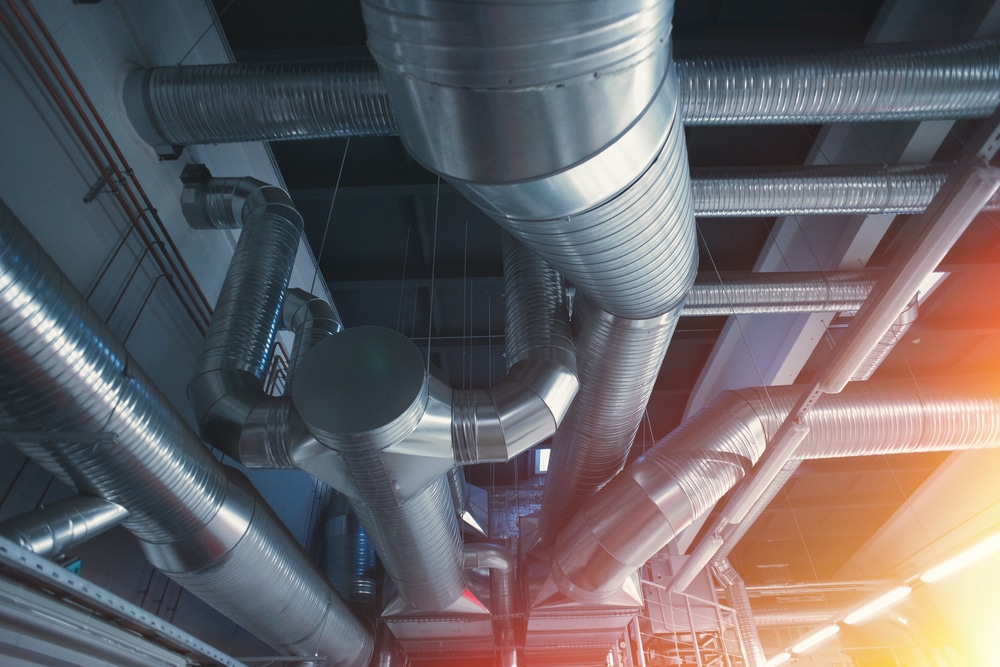


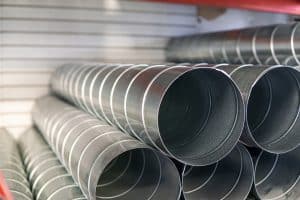
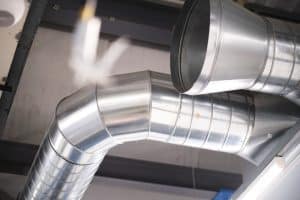

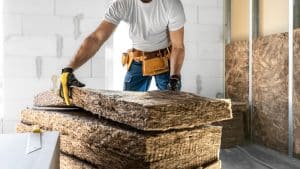
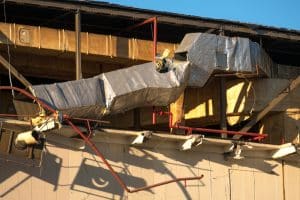




















Add comment
You must be logged in to post a comment.